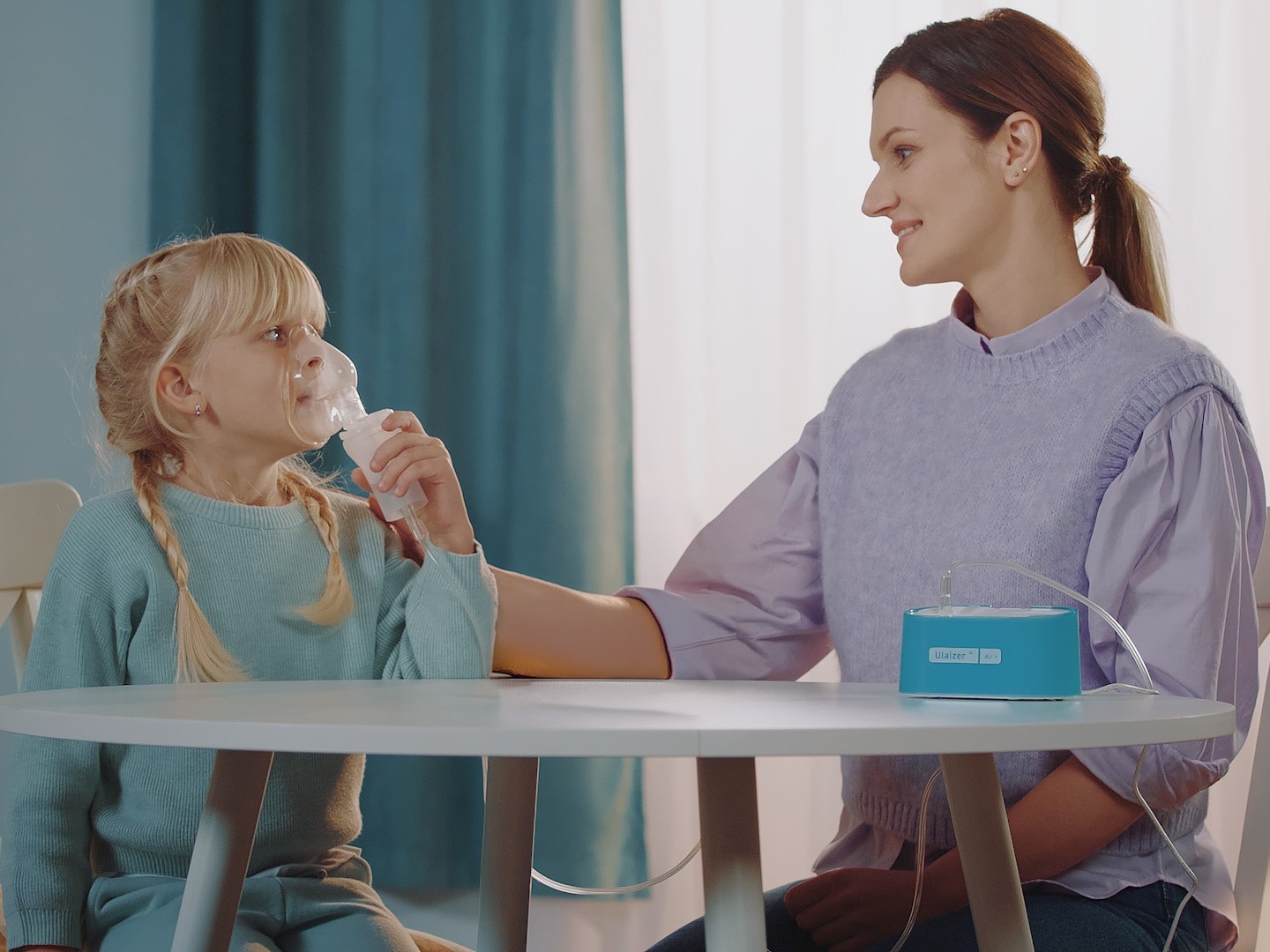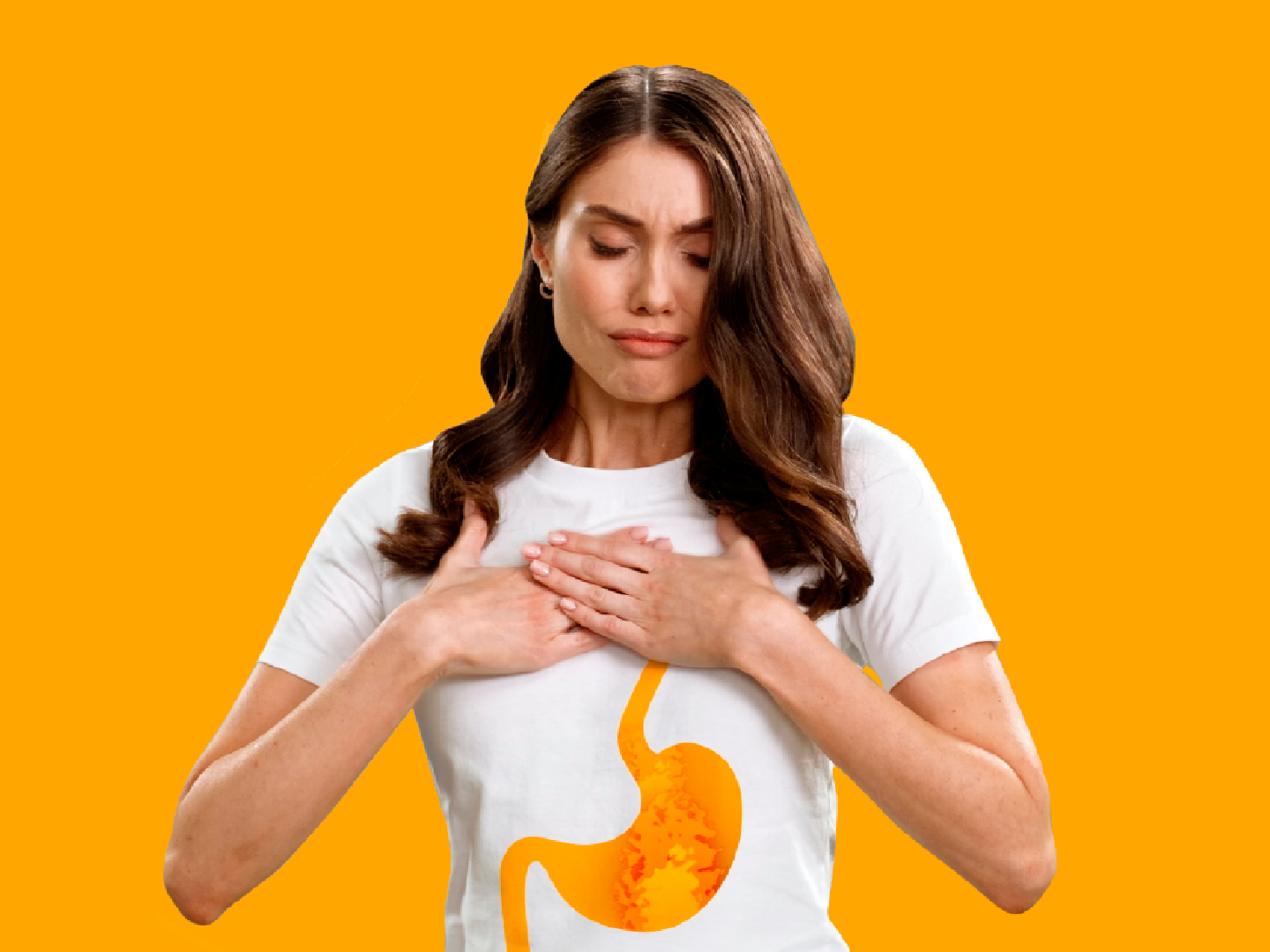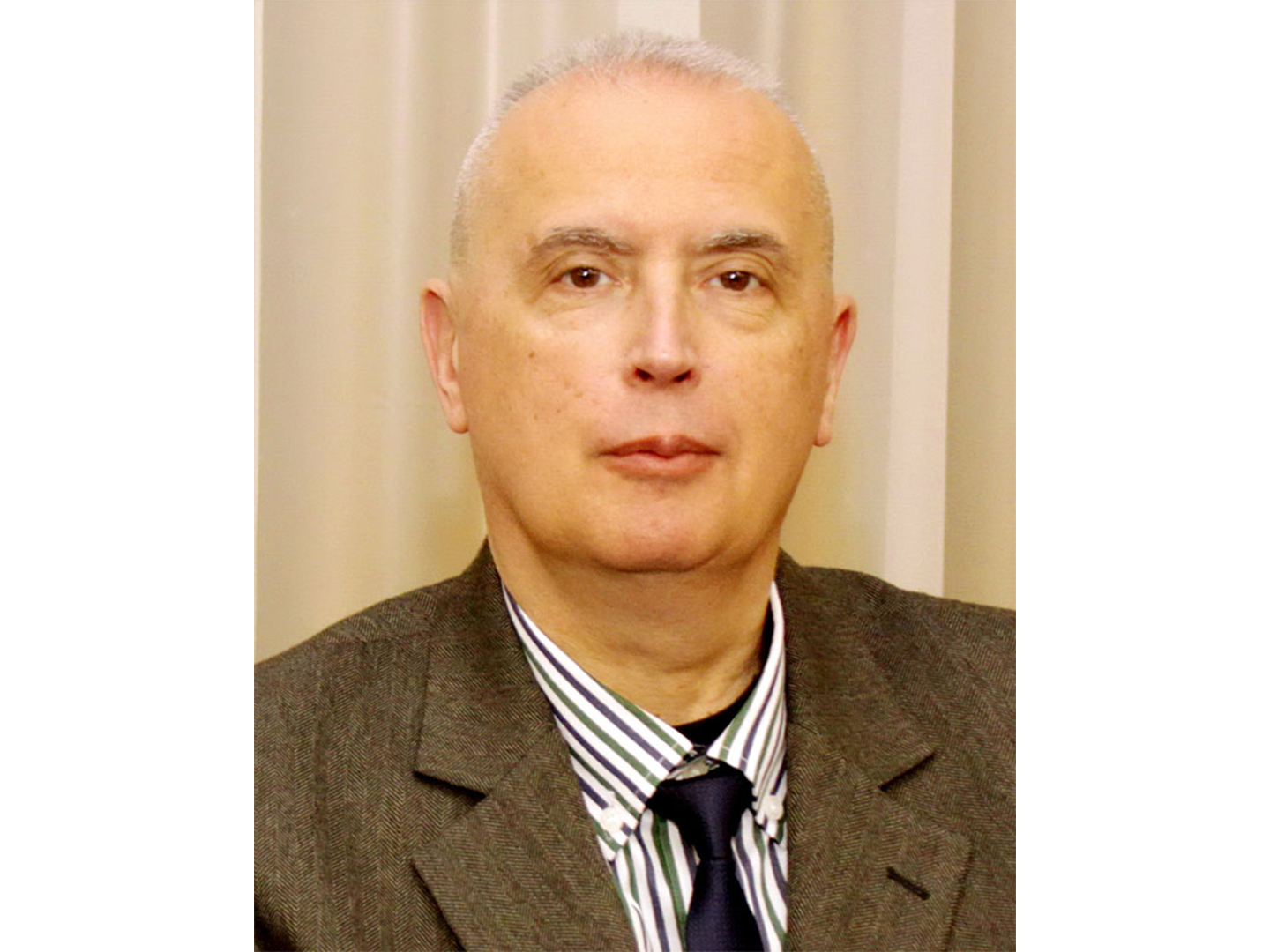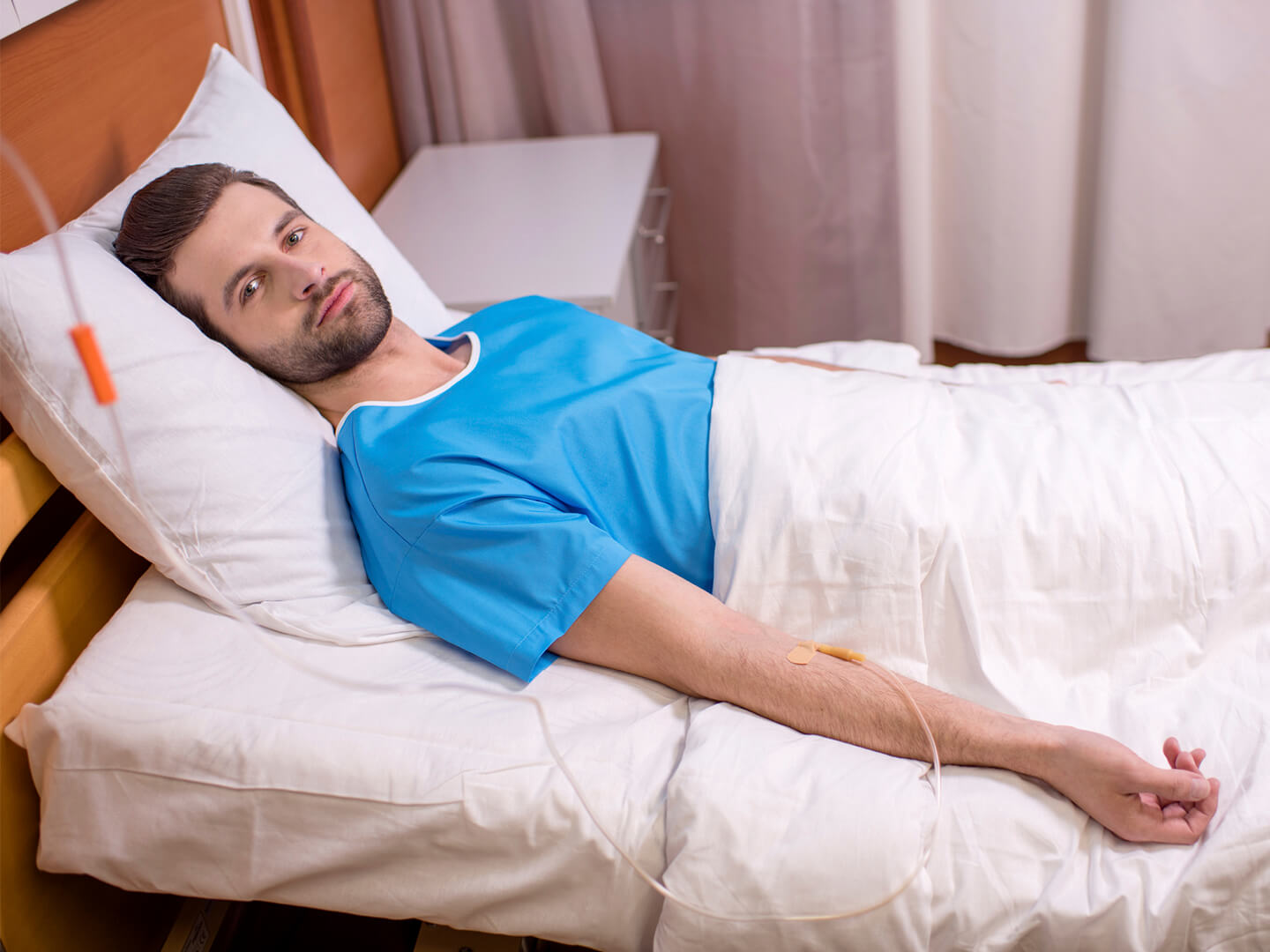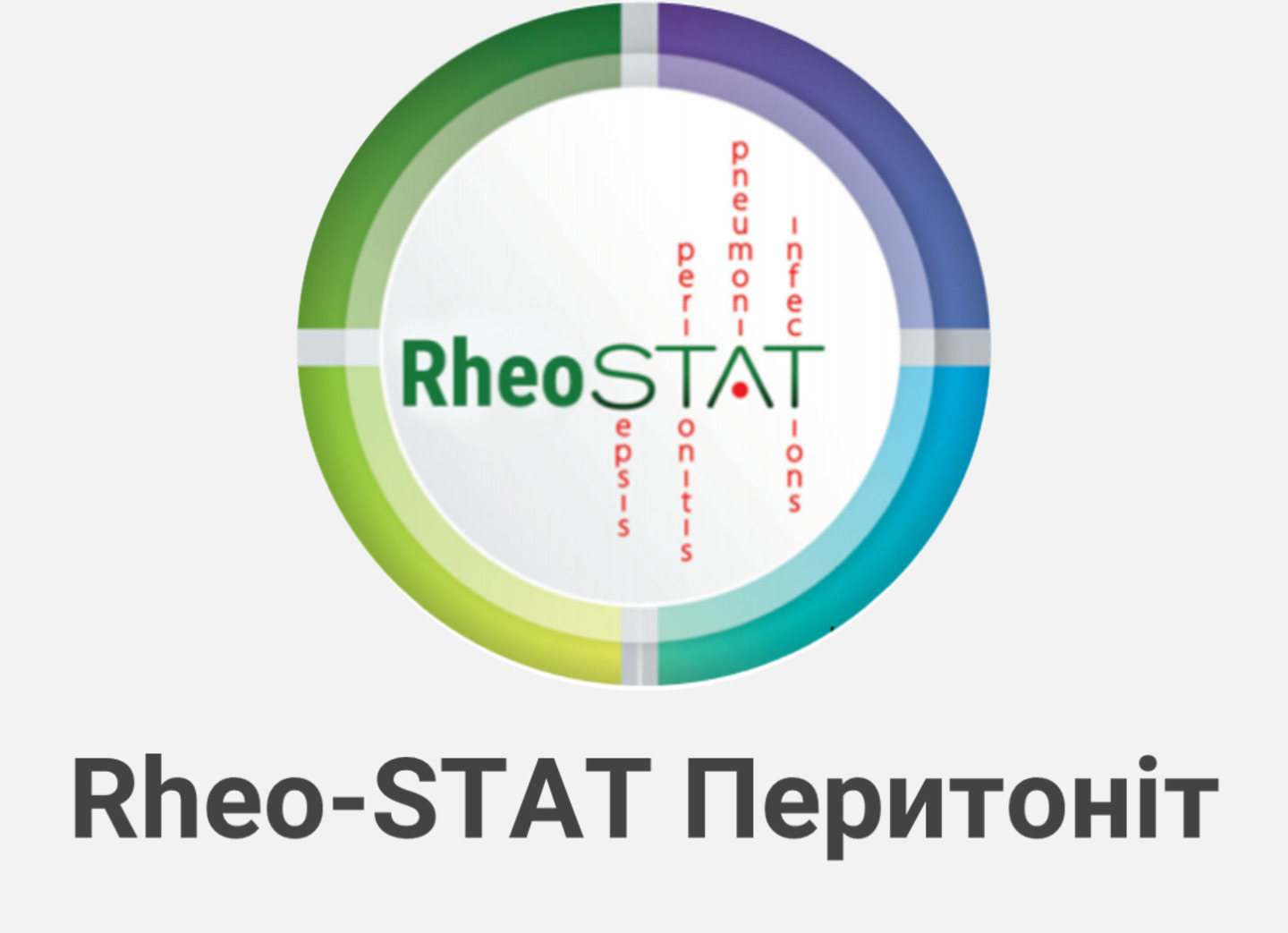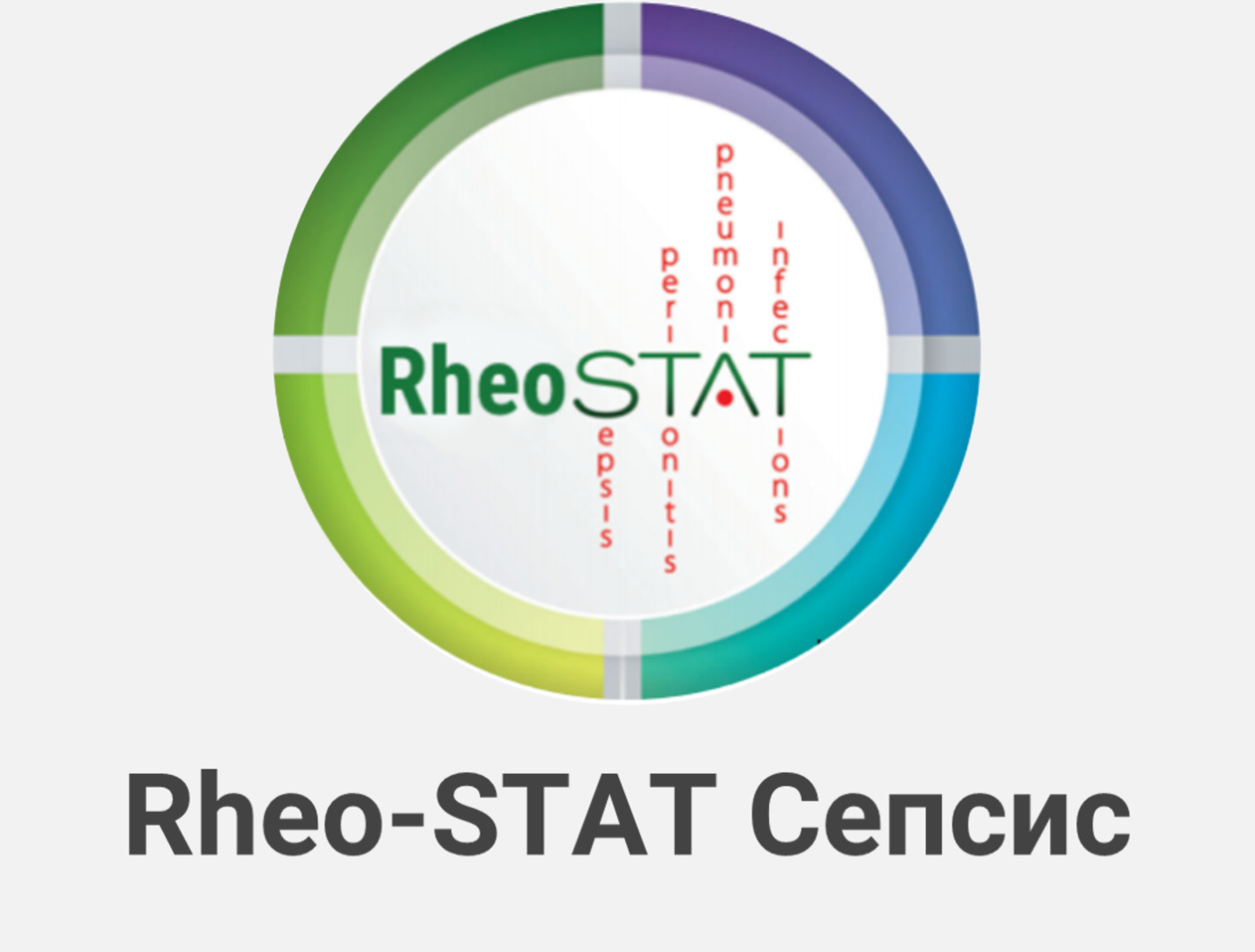Safety and effectiveness of Rheosorbilact detoxification therapy in stage 1–3 CKD
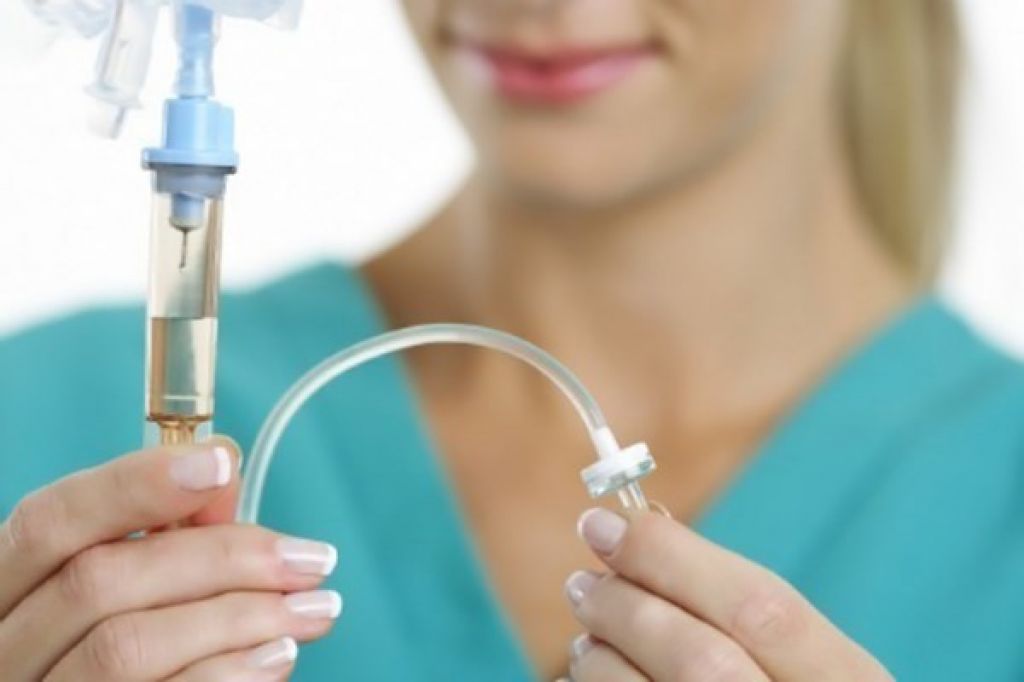
The problem of detoxification therapy, in particular for kidney disease, is an important component of modern treatment. Renal dysfunction significantly complicates detoxification measures for at least two reasons. The first is to reduce the clearance of toxic substances, increase their content and redistribution in body tissues while reducing the glomerular filtration rate. The second reason is a change in the pharmacodynamics of detoxification drugs due to decreased renal function. Rheosorbilact is a hyperosmolar crystalloid electrolyte solution for infusion, which has detoxifying, rheological and alkalizing action with stimulation of intestinal motility.
The drug is used to correct metabolic acidosis without causing sharp fluctuations in pH, due to the sodium lac tate content, the effect of which manifested itself in 20–30 minutes after administration. Another important component of the drug is sorbitol, which in the form of an isotonic solution has a disaggregating effect, improving microcirculation and tissue perfusion. Sodium chloride in the drug replenishes the deficiency of sodium and chlorine ions, performing a rehydrating effect and increasing the volume of circulating blood, increasing diuresis, and calcium chloride replenishes the deficiency of calcium ions, reducing the permeability of the vascular wall and thus preventing the development of inflammatory reactions.
The article presents a detailed analysis of the use of Rheosorbilact with an emphasis on kidney disease and their function. Rheosorbilact can be used effectively and safely at a dose of 200 ml at a body weight of less than 60 kg and up to 400 ml at a body weight of more than 60 kg twice a day at an estimated glomerular filtration rate of more than 45 ml/min/m2 and no decompensated heart failure and stage III hypertension.
Keywords: Rheosorbilact; chronic kidney disease; detoxification; detoxification safety
Literature:
- KDIGO ClinicalPracticeGuidelines for Glomerulonephritis. Chapter 1: Introduction. Kidney International Supplements. 2012. Vol. 2. Issue 2. Р. 156-162. http://www.kdigo.org/clinical_practice_ guidelines/pdf/KDIGO-GN-Guideline.pdf
- Xie Y. etal. Analysisof the Global burden of Disease study highlights the global, regional, and national trends of chronic kidney disease epidemiology from 1990 to 2016. Kidney Int. 2018. 94. 567-581.
- Komedaetal. Cost-effectiveness of Primary Screening for CKD: A Systematic Review. American Journal of Kidney Diseases. 2016. 63. 789-797.
- Yamada Y., Ikenoue T., Saito Y., etal. Undiagnosedand untreated chronic kidney disease and its impact on renal outcomes in the Japanese middle-aged general population. J. Epidemiol. Community Health. Published Online First: 28 September 2019. doi: 10.1136/ jech-2019-212858.
- KidneyDisease: ImprovingGlobal Outcomes (KDIGO) CKD Work Group. KDIGO 2012 Clinical Practice Guideline for the Evalu- ation and Management of Chronic Kidney Disease. Kidney inter. Suppl. 2013. 3. 1-150.
- KDIGO ClinicalPracticeGuideline for Acute Kidney Injury. Kidney Inter. Suppl. 2012. 2. 1-138.
- Пиріг Л.А., Іванов Д.Д., Таран О.І. та ін. Нефрологія: Національний підручник; за ред. Л.А. Пирога, Д.Д. Іванова. До- нецьк: Видавець Заславський О.Ю., 2014. 292 с.
- Prowle J.R., Bellomo R. Continuousrenalreplacement therapy: recent advances and future research. Nat. Rev. Nephrol. 2010. 6. 521-529.
- Bouchard J., Soroko S.B., Chertow G.M., etal. Fluidaccumulation, survival and recovery of kidney function in critically ill pa- tients with acute kidney injury. Kidney Int. 2009. 76. 422-427.
- Payen D., dePont A.C., Sakr Y., etal. A positive fluid balance is associated with a worse outcome in patients with acute renal failure. Crit. Care. 2008. 12. R74.
- Ivanova M., Gozhenko A., Crestanello C., Ivanov D. Earlycoachingto increase water intake in CKD. Ann. Nutr. Metab. 2021. DOI: 10.1159/000515276.
- Ivanov D., Savytska L., Kulachek V. Theassociationof kid- ney stress test with water salt loading with estimated glomerular filtra- tion rate decline in patients with chronic kidney disease stage 1–3. Archives of the Balkan Medical Union. Sept 2019. Vol. 54. No. 3. Р. 11-17. DOI: 10.31688/ABMU.2019.54.3.06.
- Clark W.F., Sontrop J.M., Huang S.H., Gallo K., Moist L., House A.A., etal. Effectof Coaching to Increase Water Intake on Kidney Function Decline in Adults With Chronic Kidney Disease: The CKD WIT Randomized Clinical Trial. JAMA. 2018 May 8. 319(18). 1870-1879. doi: 10.1001/jama.2018.4930. https://www.ncbi.nlm. nih.gov/pubmed/29801012
- Ivanov D., Ivanova M.D. Hydration: the review of 3 trials. Kidneys. 2020. 9(1). 10-13. doi: 10.22141/2307-1257.9.1.2020.196911.
- Wagner S., Merkling T., Metzger М., etal.; forthe CKD-REIN study group. The list of members of the CKD-REIN study group are in the Appendix, Water intake and progression of chronic kidney disease: the CKD-REIN cohort study. Nephrology Dialysis Transplantation. 2021. gfab036, https://doi.org/10.1093/ ndt/gfab036
- Красюк Е.К., Мойсеєнко В.О., Никула Т.Д., Паламар Б.І. Вплив Реосорбілакту на кардіогемодинамічні та мікроциркуляторні параметри у хворих на хронічну хворобу нирок. Український хіміотерапевтичний журнал. 2008. № 1–2 (22).С. 259-261.
- Інструкція для застосування медичного препарату Реосорбілакт.
- Многоцентровоерандомизированноеисследование РЕОСТАТ — изучение эффективности и безопасности при- менения препарата Реосорбилакт® у пациентов с различными нозологиями, сопровождающимися синдромом эндо- генной интоксикации. Новини медицини та фармації. 2019. № 1 (678).
- Ніконов В.В., Лизогуб К.І., Лизогуб М.В. Інфузійна терапія при пневмонії: що нового? Медицина невідкладних станів. 2020. Т. 16. № 2. С. 31-36.
- Михайловська Н.С., Лісова О.О., Міняйленко Л.Є. Алгоритм діяльності сімейного лікаря при основних захворюваннях сечовидільної системи: навч.-метод. посіб. до практ. занять та самостійної роботи студентів VI курсу з дисципліни «Загальна практика — сімейна медицина». Запоріжжя: ЗДМУ, 2018. 148 с.
- Резолюція та відео «Школа інфузійної терапії». 2021. https://infusiontherapy.org/news/resolution-and-video-of-the-tele- conference-infusion-therapy-school–p441
- Савохина М.В. Инфузионныепрепараты в патогенетическойтерапии больных хроническим пиелонефритом. Український хіміотерапевтичний журнал. 2012. № 3 (26). С. 217-220.
- Фоміна С.П. Інфекція сечової системи у дітей: проект клінічного протоколу. Український журнал нефрології та діалізу. 2017. № 4 (56). С. 48-68.
- https://compendium.com.ua/info/135917/reosorbilakt-sup-sup-/
- Мороз Л.В. Ефективність комбінованої терапії препаратамиКсаврон, Тіворель і Реосорбілакт у пацієнтів з пневмонією, спричиненою COVID-19: клінічні випадки. Новини медицини та фармації. 2021. № 1. С. 6-11.
- Orbegozo D., Vincent J.-L. HypertonicSalinein Human Sepsis: A Systematic Review of Randomized Controlled Trials. Anesth. Analg. June 2019. Vol. 128(6). Р. 1175-1184.
- Konovchuk V.М., Andrushchak А.V. Theeffectof reosorbilact on volumetric and osmoregulatory renal functions in patients with dopamine-dependent compensation for sepsis-induced hypotension. Journal of Education, Health and Sport. 2018. 8(2). 280-289. DOI: http://dx.doi.org/10.5281/zenodo.1186275.

